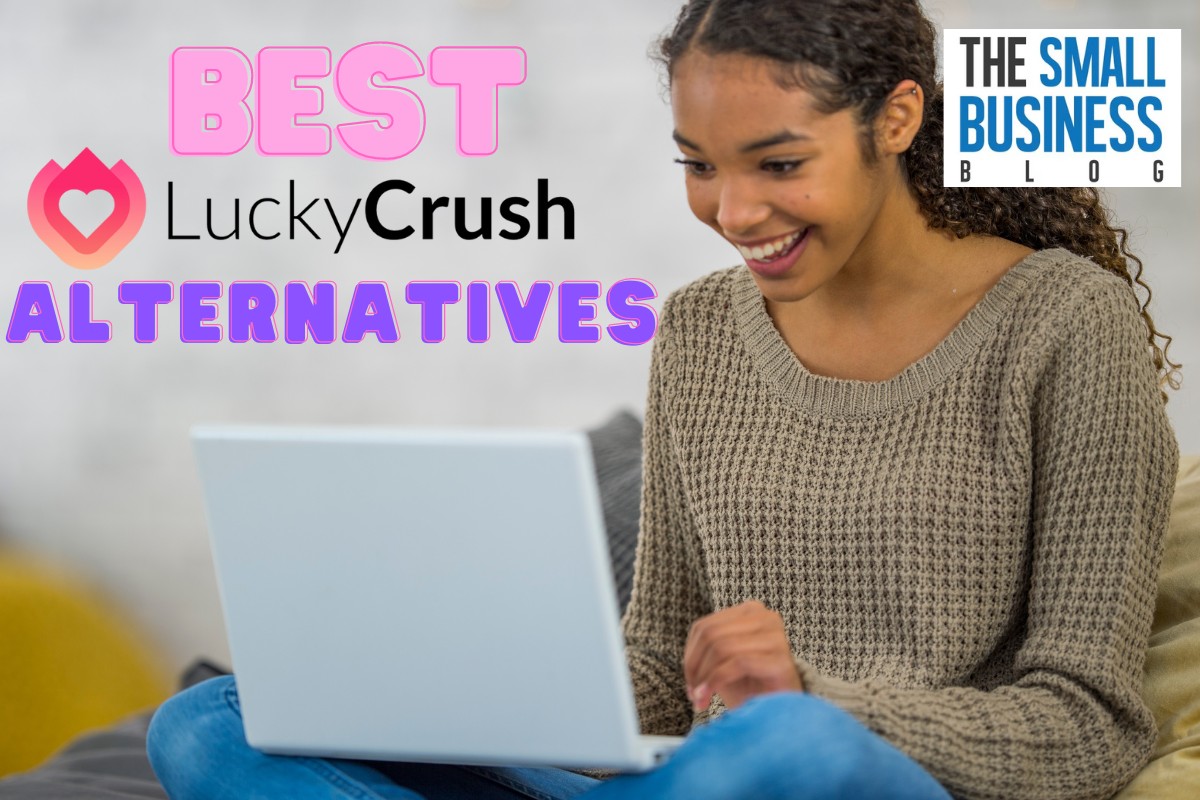If you’re active on social media, you’ve likely seen influencers. They will share gift bags and packages they’re sent and give glowing reviews for their favorite products. They regularly get promotional and branded items, as well, some of which can be similar to the holiday and Christmas gifts you give your office staff.
While influencers can seem somewhat silly, in reality, it’s a big business, and there are plenty that bring in seven figures or more by sharing products, services, and brands with their audience.
Influencer marketing can be an important business strategy, but you have to understand its applications.
The following is a guide to influencer marketing and what you should know.
Post Contents
What Is Influencer Marketing?
In the simplest terms, an influencer is a person who, as you might have guessed, influences other people. As far as influencer marketing, in particular, the person who’s influential collaborates with a brand. They’re working with the brand to promote it. Celebrity endorsements are the original iteration of influencer marketing.
Now, however, it’s creators on social media with niche audiences that can often offer the most value to brands.
Influencers with engaged, niche audiences tend to see that their followers are highly dedicated.
The social media influencer is quite literally using their influence via social media to get people to buy things. If you hire someone to promote your brand, products, or services, that’s influencer marketing.
More than two-thirds of marketers in the United States will use influencer marketing in some form this year, and that’s only going up.

For social influencers, Instagram reigns supreme, but TikTok is following closely behind.
An influencer doesn’t need a massive following to be valuable for your marketing strategy. Influencers with smaller but more engaged or dedicated followers may actually be more effective. Influencers with around 15,000 followers on social media are found to have some of the highest engagement rates across platforms, and the cost to work with them can also be significantly lower.
A nano-influencer is one with 10,000 followers or fewer. Micro-influencers tend to have 10,000 to 100,000 followers. Macro-influencers are in the area of 100,000 to one million followers. A mega-influencer is someone with at least one million followers.
How Much Does it Cost?
Some brands are intimidated by the concept of influencer marketing because they aren’t sure how much it’s going to cost. Of course, if an influencer has a huge reach, they’re going to expect to be paid accordingly. At the same time, for some nano-influencers, you might be able to work out an agreement where you pay them with a free product.
It really does depend on your brand, your budget, and who you’re working with. An affiliate or commission structure may be an option to reduce the flat fee you pay someone, or instead of the flat fee.
More than 9% of influencers in the U.S. said affiliate marketing through links and promo codes is their primary income source.
The Benefits of Influencer Marketing
Forbes reports influencer marketing is growing faster than digital ads. The advantageous feature of this approach to marketing over others is that the audience is already there. You just need to be able to create a partnership where you’re both creating value for one another.
Specific benefits of influencer marketing include:
- You’ll quickly cultivate trust. Influencers have already done the heavy lifting to cultivate a sense of trust and credibility with the people who follow them. People follow them because they enjoy their content and they have respect for their recommendations. You can start to leverage that trust when you work with an influencer, and you’re getting front and center with an audience that’s already actively engaged.
- You can expand your reach and improve brand awareness. People who use social will start to learn more about your brand and the solutions you offer.
- You can use influencer marketing as a means to build out your larger content strategy and fill in any gaps. For example, maybe you need some good content to publish on your pages, and you’re out of ideas for the moment—you can share influencer content.
- With influencer marketing, you’re putting content in front of people already interested in your niche. You don’t have to spend a lot of money to test and find an audience because the influencer has done this for you.
Getting Started
There are a few ways you can start working with influencers as part of your inbound strategy. One is to have an influencer write a blog post highlighting your business. You can have an influencer share your product or some information about your business on their social accounts, which is most popular, or you can ask an influencer to create a guest post for their site that links back to your own. You can also do all three.
Before you reach out to possible influencers, you need to qualify them to make sure they’re a good fit for your needs.
You can qualify influencers by looking for a few things. First, are they sharing content and creating a following relevant to your business and to the market segment you hope to target?
Second, will the number of people you might be able to reach through the follower base of the influencer be valuable to your business? Third, is the level of engagement an influencer could potentially create with their audience valuable and relevant to your brand?

You have to be mindful that some people are so-called fake influencers. They can buy followers that are fake, also known as bots. Then they can cheat the system by doing so.
Instagram has been cracking down on them, but you do want to make sure that the posts on an influencer’s profile have engagement that seems to be somewhat equal compared to their follower count. If an influencer has a huge following, but their posts get very little engagement, it’s a red flag.
Reaching Out to Influencers
When you first decide you’re going to reach out to an influencer, it can be intimidating. When you do influencer outreach, you’re simply getting in touch because you hope to collaborate with them. The collaboration might be focused primarily on raising brand awareness or maybe on sales of a particular product.
When you do outreach, you can send an email or a direct message on social media to the influencer, asking for a collaboration. You can also add a page to your website where influencers interested in working with you can sign up.
To identify relevant influencers to want to reach out to, you need to make sure you’re choosing someone who’s influential with the audience you’re targeting.
From there, you want to compare influencers. This goes back to what was discussed above, which was the fake followers. You want to make sure that influencers actually do have influence and that it exists in your industry.
For example, check out the hashtags they often use and see if they’re relevant within your industry and niche. Analyze what they’re typically recommending, too, to make sure it’s in line with what your product or service represents.
You’re going to prepare a pitch when you have a shortened list of who you think the best influencers will be. In some cases, your pitch might be the same for everyone, but depending on the situation, you might want to tailor it to the particular influencer.
You want to be clear on the details because if you aren’t, it’s unlikely anyone is going to want to work with you.
Let them know early on what’s in it for them. If you aren’t sure what to say, think about, if you were them, what you’d want to hear from people reaching out to you as an influencer.
Once you have an influencer or maybe several who agree to work with you, you want to collaborate with them to ensure you’re creating effective content. No good influencer is going to accept a deal if it’s going to paint their personal brand in a bad light. Influencers are experts at content creation, and you want to let them showcase what it is they do best. You can provide guidelines, but don’t micromanage their campaign.
Finally, as with anything else in marketing, it’s important to measure your results. Don’t focus only on vanity metrics, which include likes and comments.
For example, if the influencer has a large following, these vanity metrics can seem initially impressive, but they may not yield the results you’d like to see or would expect. You need to understand what your true return on investment is.
For example, if you add UTM parameters, you can give each influencer their own links with UTM codes. This allows you to calculate the actual benefit they’re having on your bottom line.
It’s best when you’re starting with influencer marketing to begin smaller and then work your way up from there. Try to work with smaller influencers and see if they’ll agree to promote you based on free products alone to get a feel for how things work and whether it’s a marketing approach that works well for your business.






























